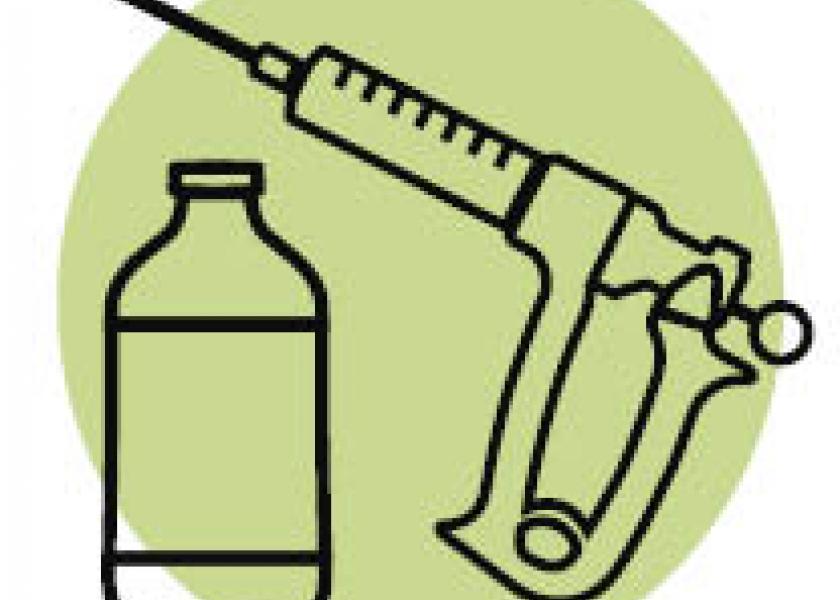What to Expect from the 2020s

During the past decade, we saw numerous changes in beef and dairy production, and in the ways veterinarians serve those industries. These include the emergence of remote monitoring, advanced data systems, new diagnostic tools, genomic technologies, acceleration of antibiotic-resistance in cattle pathogens and drug resistance in cattle parasites.
Most of these trends will continue through the 2020s, and we’ll see the emergence of new trends, new insights and applications for science and technology in animal agriculture, along with changes in regulations, production practices, consumer perceptions and preferences.
While no one can predict every trend, veterinarians serve as forward-looking change agents in animal agriculture, as they continuously evaluate new systems, products, practices and philosophies for potential adoption on their clients’ operations.
With that in mind, we asked veterinarians for their thoughts on the key challenges and opportunities for success in eight categories during the decade of the 2020s. Following are their responses related to Antibiotic Stewardship.
John Maas: Drug use is set to change via FDA regulations. The final rule will be set sometime in 2020 with a two-year phase-in and changes by 2023 wherein all antibiotic use will be by veterinary prescription. Responsibility for judicious use will fall on the veterinarian and the producer, and while some are already implementing the changes, others will wait until the last minutes. Mistakes will impact all segments negatively.
Dee Griffin: RWOA (raised without antibiotics) may become common labeling on beef in the near future and I suspect will start with a large feeder group joining forces with a packer and a major retailer. This could involve 3 million finished cattle in the beginning and growing to 25% of all finished cattle. It seems to me a much easier label to achieve than giving up growth-promoting implants. The RWOA may only apply to the finish feeding phase. Other than liver abscesses, which will remain a tough issue, we know how to implement management systems to minimally rely on antibiotics, which will put pressure on prices paid for high-risk cattle.
Jacob Geis: The FDA will continue to place veterinarians in an unpaid regulatory role through oversight of antibiotic use, with more responsibilities over time. However, with new information being gained every day about the gut microbiome and its influence on health, we may be looking at new solutions that preclude the use of antibiotics.
Fred Gingrich: We do not want arbitrary reduction goals for antibiotic use. Rather, we would like to see implementation of judicious use principals and stewardship on every farm. The veterinarian and producer should evaluate treatment records and inventory purchases to implement management changes to decrease use.
Renee Dewell, DVM, PhD, Iowa State University: Antibiotic usage- There will be increased opportunities to strengthen relationships with producers as over-the-counter antibiotics require prescriptions. I also expect to move away from mass medication. We will continue to advance and embrace a systems-management approach to problem solving, such as, rather than mass medication high-risk calves, we can apply techniques to decrease handling stress, or insist calves are properly vaccinated and weaned prior to arriving at the feedyard.
Tom Furman: VFDs continue to take time, energy, and devotion from the veterinary community and the animal ag community alike. On top of that issue, dart guns are more prevalent now because of the lack of qualified cowboys to go out and "catch" animals for treatment. Inconsistent doses could result in resistance to the low-volume antibiotics favored for remote delivery.
Calvin Booker: Veterinarians will be given the opportunity for more responsibility and accountability for overseeing antimicrobial and pharmaceutical use in bovine production. It will be up to the veterinary profession and individual veterinarians to demonstrate we are worthy of serving in this role.
For responses relating to other subject categories, see these articles on BovineVetOnline:







